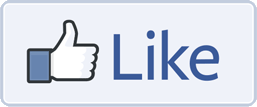Indiana Cyanobacteria (Blue Green Algae) Page
LakeSavers: Cleaning up lakes using aeration
Koontz Lake Regional Sewer District
The Cultural Eutrophication of Koontz Lake, IN
1990 Sediment Analysis Study by JFNew
Koontz Lake Aquatic Vegetation Management Plan
© 2017 Koontz Lake Conservancy District | KoontzLakeConservancy@gmail.com | Phone: (574) 586-5012 | 